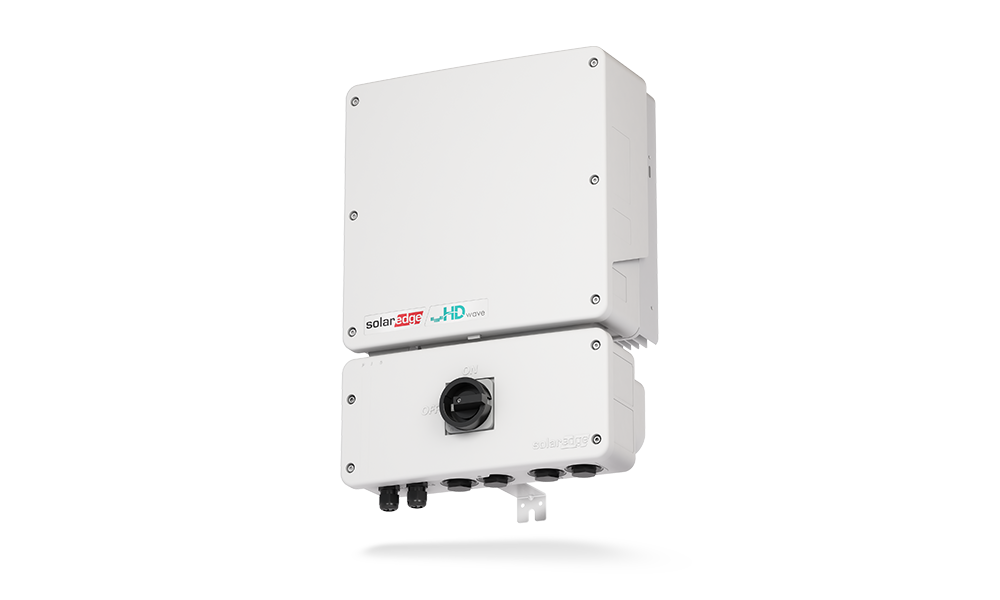The medtech industry has saved millions of lives and improved quality of life for millions more around the world. Medtech companies have a long history of patient-centered innovation and remain committed to this cause, with more than $42 billion invested in R&D in 2022 alone. Recently, however, medtech companies have faced unprecedented disruption and now confront a challenging macroeconomic climate marked by high inflation, constrained capital markets, uncertain supply, and rising geopolitical tensions, among other factors. After a decade of solid performance through 2019, value creation in medtech has decelerated.
In this environment, medtech leaders are refreshing their strategies to unlock the next wave of innovation and growth. McKinsey’s Medtech Pulse report explores how leading companies are approaching the industry’s next decade and what medtech leaders can do to create value. Each chapter focuses on a specific area of interest:
Medtech’s value-creation imperative. Medtech performance was nearly double that of the S&P 500 in the 2012–19 period, but investor skepticism has since returned, and performance has slowed. Medtech companies (and the industry as a whole) will need to reinvent themselves across multiple dimensions to create the next wave of value for patients and shareholders over the next decade.
Reimagining R&D to drive sustainable growth. R&D excellence is foundational for business growth in medtech. Accordingly, the industry invests substantially in innovation relative to other industries. R&D excellence—its effectiveness, efficiency, and ROI—is a top priority for medtech leaders, but it is not achieved through spending alone. Medtech leaders excel at developing and managing an R&D portfolio, which serves as a compelling road map to growth and commercial performance. Their organizations have leading capabilities in product management, design thinking, and systems engineering. Medtech leaders have adopted agile development practices and next-generation digital and analytical tools, which increase their speed and effectiveness. And they engage with external sources of innovation.
Cracking the code of software innovation. Software can be an important driver of growth for many medtechs, but it will require them to substantially shift their approaches to product development and make their operating models function like software companies. They can approach this transformation by pulling three levers. First, they can build a robust tech stack including engagement, intelligence, and infrastructure layers. Second, they can adopt software development best practices, including rethinking their approach to product management and tackling the conundrum of regulated software compliance. Third, they can strategically source intellectual property and talent.
Bringing hardware and software together into digital health ecosystems. Digital health ecosystems, with participants from across the healthcare value chain, have advanced in recent years. These ecosystems have been enabled by improved access to health data (such as through improved electronic-health-record data interoperability and advances in cloud computing, AI, and machine learning), a shift in customer engagement preferences, and an increase in funding in healthcare technology. Medtech companies could expand their role in digital healthcare ecosystems by using their devices and data assets to improve care outcomes.
Building a next-generation medtech commercial model. Medtech leaders could transform their commercial models by first building a solid set of foundational capabilities to boost resilience and identify their most strategic customers and highest-potential opportunities. Second, they could create a truly omnichannel customer experience and personalize engagement. Last, medtech leaders could harness the power of ecosystem selling as a force multiplier in a digital-first future.
Reimagining operations for the challenges of the next decade. As companies grow bigger and devices become more complex, operations will be a differentiating factor for medtech leaders. Medtech companies can improve their operations to become more reliable, robust, and profitable, ultimately delivering better patient care. They can pursue targeted initiatives to rebuild supply chains with resilience as a priority and capture the full value of digitalization and Industry 4.0. They can drive innovation with a design-to-value approach and redesign their manufacturing and distribution networks to balance costs, increase flexibility, and expand market access. Importantly, medtech leaders can invest in quality capabilities that are deeply embedded in business processes.
Committing to ESG as a differentiator. Environmental, social, and governance (ESG) considerations continue to influence stakeholder decision making and are an opportunity to create a new vector for differentiation. Investors, customers, regulators, and employees report that ESG goals are a growing imperative for medtech companies. Leaders can start by focusing on three objectives in the near term: achieving net-zero greenhouse-gas emissions and reducing waste along the value chain, addressing health inequities by increasing device access to reduce disease burden, and promoting diversity, equity, and inclusion in the workplace. A systematic approach to ESG can raise the value creation opportunity.
Updating the post-COVID-19 playbook for M&A. M&A can help the medtech industry improve value creation, but reconfiguring a portfolio is daunting and companies will need to adapt their approaches to dealmaking to the current macroeconomic environment. For example, earnings growth—rather than simply top-line growth—is driving the valuations of large companies, which is, in turn, shrinking the pool of attractive potential targets. Despite this and other challenges, the current environment is promising for medtech M&A because high-growth companies are more affordable. Medtech leaders could reconsider the value of large deals, more selectively target programmatic M&A, and invest more corporate venture capital to access early-stage innovations. Medtech leaders could also divest businesses and rebalance their portfolios.
Competing in China. China will continue to be a critical market for multinational medtech companies, but the growth path has become more complex and challenging. Commercial pressures are mounting as a result of volume-based procurement, shifts in hospital reimbursements, coordinated localization efforts, and intensifying competition from China-based companies. Yet many general managers of multinational medtechs’ China-based businesses remain confident about the opportunities. Multinationals in China can consider strengthening and building new value-chain capabilities that fuel commercial results. A fresh look at value creation in China can frame a holistic discussion on the opportunities while opening the aperture beyond traditional strategic moves.
At its core, medtech is an industry in which companies can do well by doing good. With a clear vision, a passion for innovation and excellence, and a steady guiding hand, medtech leaders can chart their next path of value creation for the benefit of patients and stakeholders.




